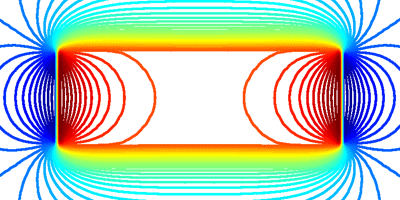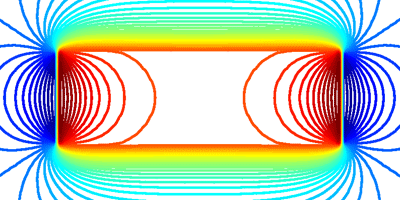Muons Peer Inside
is one of the most well-characterized high-temperature superconductors, but the debate about the pairing mechanism in this and related compounds remains unresolved. Magnetic fluctuations are believed to be significant, but lattice degrees of freedom, which are important in conventional superconductivity, may also play a role. Both effects can be explored by placing a superconductor under high pressure, but a classic technique for probing the superfluid density in a material—muon spin rotation—has until now been difficult to perform in such high-pressure studies.
As described in an article in Physical Review B, Alexander Maisuradze of the Paul Scherrer Institute, Switzerland, and co-workers have overcome this obstacle to perform a pressure-dependent study of with muons over a wide range of charge doping. The muons act as tiny spin magnetometers, detecting the changes in the penetration depth of an external magnetic field that can be related to a change in the superfluid density under pressure.
A key finding of the study is that the pressure-dependence of the superfluid density does not follow the standard Uemura relation, which predicts the superconducting critical temperature is linearly proportional to the superfluid density. (This result typically holds for underdoped cuprates at ambient pressure.) Pressure has a similar effect on the penetration depth as the well-known isotope effect, suggesting pressure indeed perturbs the lattice. Also, the superconducting gap increases with pressure for underdoped samples, suggesting an increase of the coupling strength. –Sarma Kancharla





